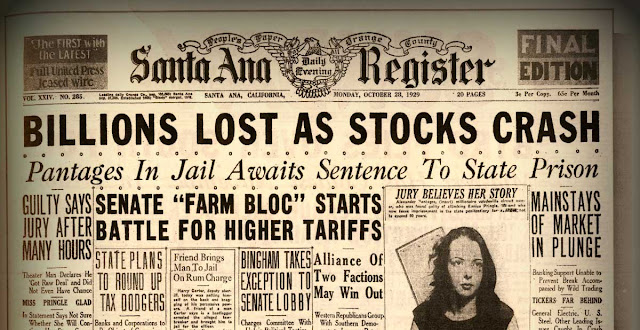March 4, 2022

The writer is an investment director at GAM
The implosion of Russia’s financial markets following the country’s invasion of Ukraine is not the first crisis to befall emerging markets. Nor will it be the last.
Since emerging markets were popularised as a collective asset class in the 1980s and 90s, there have been events like the Asian financial crisis, the 1998 Russia debt crisis and Argentina’s serial defaults. The scale of such episodes are a reminder of the risks that come with returns in emerging markets. Investors are notoriously amnesiac but it will be a long time before they regain trust in Russian markets.
Those unfortunate enough to be caught with investments in Russian assets should obviously attract limited sympathy while Ukrainian civilians are being bombarded. But the combination of western sanctions on Russia in response to its aggression and Moscow’s response has severely disrupted Russian markets — including, crucially, sending the rouble spiralling.
Index provider MSCI is removing Russian stocks from its widely tracked emerging markets indices and is likely to record the last price for them as “effectively zero”. Holders of Russian rouble bonds have either left their holdings marked at stale prices or marked them down in line with the external debt. The endgame there looks to be similar.
Cutting some of Russia’s banks from the Swift financial messaging system has drawn many headlines but the most powerful international action was to freeze the foreign reserves of the Russian central bank. It is this that caused the 25 per cent drop in the rouble after the sanctions were announced, and this which prompted the effective declaration by Moscow of economic hostilities on foreign investors.
The central bank first instructed local investors not to bid for assets held by foreigners, next froze foreigners’ accounts and then dictated that dividends and coupons would not be paid to foreigners. Neither equity nor bond markets had been reopened at the time of writing.
Russia might believe it is self-sufficient in capital. After the experience of the 1998 financial crisis, the country opted for rigid fiscal discipline and has been running a sustained current account surplus. So the combination of capital controls and sanctions should in theory not require a significant adjustment at the macroeconomic level. However, that theory is reliant on sanctions not inducing big changes in behaviour. This seems optimistic.
More important is the effect on the rouble. Since the end of communism, convertibility of the rouble was crucial to restoring the domestic currency as a store of value.
At least part of the rationale for preventing foreigners from selling Russian assets was to reduce the pool of roubles looking to buy foreign currency. The situation is clearly perilous. Before sanctions were announced, a dollar was worth 83 roubles in the market. Three days later, the currency market rate touched 122, while ordinary Russians faced much higher retail rates — where there were dollars available at all. Financial uncertainty leads to capital flight — the proximate cause of the 1998 meltdown.
The Russian authorities have boasted of how little the country relies on imports. It is comfortably self-sufficient in food and energy. However, Russian industry is reliant on western machinery and parts. And Russia’s efforts to prepare for sanctions have also been heavily reliant on China.
China is unlikely to match western sanctions. It is an eager buyer of Russian resources and Moscow is also the biggest foreign holder of Chinese bonds, according to ANZ. But there would be an irony if Russia’s attack on Ukraine left it at the mercy of a richer, more populous neighbour.
The good news for international investors is that almost none of the factors that caused the 1998 debacle are in place. The default then triggered a chain reaction that ripped through highly leveraged markets, starting at hedge fund Long Term Capital Management. There is now far less leverage applied in emerging market assets and the run-up to the Russian attack was drawn out, giving some investors time to adjust.
But what this week has illustrated is how important access to international capital markets have been for Russia. It has allowed the country to import a degree of institutional certainty — vast foreign reserves in reserve currencies and the use of western courts for dispute resolution. These are not available to a country with arbitrary government. And the current crisis serves as an excellent example of what can go wrong for investors braving erratic jurisdictions in search of higher yields.
Source: Financial Times

















